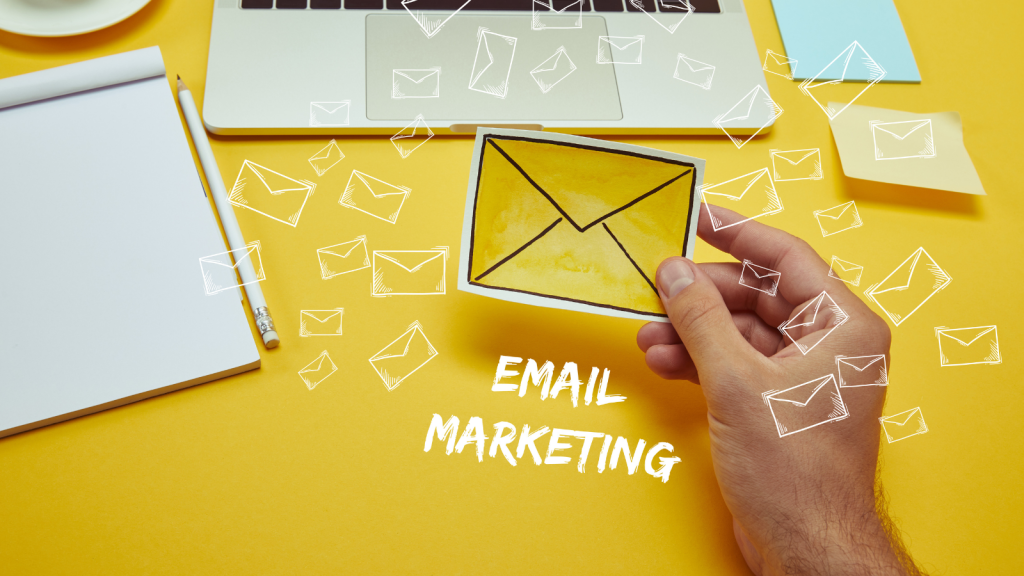Imagine this: Mark, a small business owner, is frustrated with his email marketing efforts. He spends hours crafting beautiful emails, yet his open rates are dismal, and conversions are non-existent. One day, he stumbles upon an article filled with powerful email marketing statistics. Suddenly, it clicks—he’s been sending emails at the wrong time, his subject lines aren’t engaging, and he hasn’t optimized for mobile users. Equipped with data-driven insights, he tweaks his strategy, and almost overnight, his engagement soars.
This is the power of knowing email marketing statistics. When you understand the numbers, you make smarter decisions that drive real results. In this article, we’ll explore key email marketing stats, untold tips, and tricks that will transform your campaigns. Plus, we’ll use NLP (Natural Language Processing) to help you maximize exposure and engagement.
Key Email Marketing Statistics You Need to Know
1. Email is Far From Dead—It’s Thriving
- Over 4.3 billion people use email worldwide, and this number is expected to grow to 4.6 billion by 2025.
- 99% of email users check their inbox daily, and many check it multiple times a day.
- The average email marketing ROI is $42 for every $1 spent—that’s a 4200% return!
Tip: Never underestimate the power of email marketing. Unlike social media, where algorithms change frequently, email gives you direct access to your audience.
2. Subject Lines Matter More Than You Think
- 47% of recipients open an email based on the subject line alone.
- Subject lines with personalized names increase open rates by 22%.
- Emails with questions in the subject line have a higher engagement rate.
Trick: Use NLP-powered AI tools to generate subject lines that spark curiosity and drive opens. Tools like Persado or Phrasee analyze millions of subject line variations to find the most compelling ones.
3. The Best Days and Times to Send Emails
- The best day to send emails is Tuesday, followed by Thursday.
- Emails sent between 10 AM and 11 AM tend to have the highest open rates.
- Late-night emails (after 8 PM) tend to underperform.
Tip: Test different send times for your audience. Use AI-powered scheduling tools that analyze user behavior to optimize delivery times automatically.
4. Mobile Optimization is Non-Negotiable
- 85% of users open emails on smartphones.
- Emails not optimized for mobile lead to delete rates increasing by 70%.
- A mobile-friendly CTA (Call to Action) button boosts conversions by 28%.
Trick: Keep your email width under 600 pixels, use concise copy, and ensure all links and buttons are easy to tap.
5. Personalization and Segmentation Work Wonders
- Personalized emails improve CTR (Click-Through Rate) by 14%.
- Segmented campaigns see 760% more revenue than non-segmented ones.
- Emails with dynamic content (content that adapts based on user behavior) increase engagement by 50%.
Tip: Use NLP-driven segmentation to group customers based on sentiment analysis, browsing behavior, and purchase history. This way, your emails feel more tailored and relevant.
Untold Tips and Tricks for Better Email Performance
1. Leverage NLP to Write Better Emails
Instead of guessing what will work, use Natural Language Processing (NLP) to:
- Identify the tone that resonates most with your audience.
- Detect keywords that trigger engagement.
- Automate A/B testing for different email styles.
2. Use Interactive Emails
Adding interactive elements increases engagement significantly:
- Polls and Surveys – Boosts responses by 32%.
- GIFs and Videos – Increase CTR by 300%.
- Gamified Elements – Such as scratch-to-reveal discounts, boost engagement by 40%.
3. Reduce Unsubscribes with Smart Frequency Optimization
- Sending too many emails? 69% of consumers unsubscribe because of excessive emails.
- Too few emails? Inactive users tend to forget brands after 2-3 months of silence.
- AI-driven frequency optimization can balance this, ensuring optimal touchpoints without overwhelming users.
4. Combine Email with SMS for a Multi-Channel Impact
- SMS has a 98% open rate compared to email’s 20%.
- Brands that integrate email + SMS see a 47% increase in conversions.
Trick: Use NLP-powered automation to determine whether a customer is more likely to respond to an email or an SMS and tailor your outreach accordingly.
Final Thoughts: Turning Data into Action
Email marketing isn’t about guesswork—it’s about making data-driven decisions. Understanding these statistics allows you to craft better strategies, personalize content, and ultimately drive higher engagement and revenue.
Mark, from our opening story, learned this lesson the hard way. But now, he no longer sends random emails. He uses segmentation, optimized send times, NLP-powered subject lines, and interactive content to create high-performing email campaigns. The result? More engagement, more sales, and a stronger customer relationship.
Are you ready to transform your email marketing strategy? Use these statistics and tips to fine-tune your approach, and watch your email performance soar!

